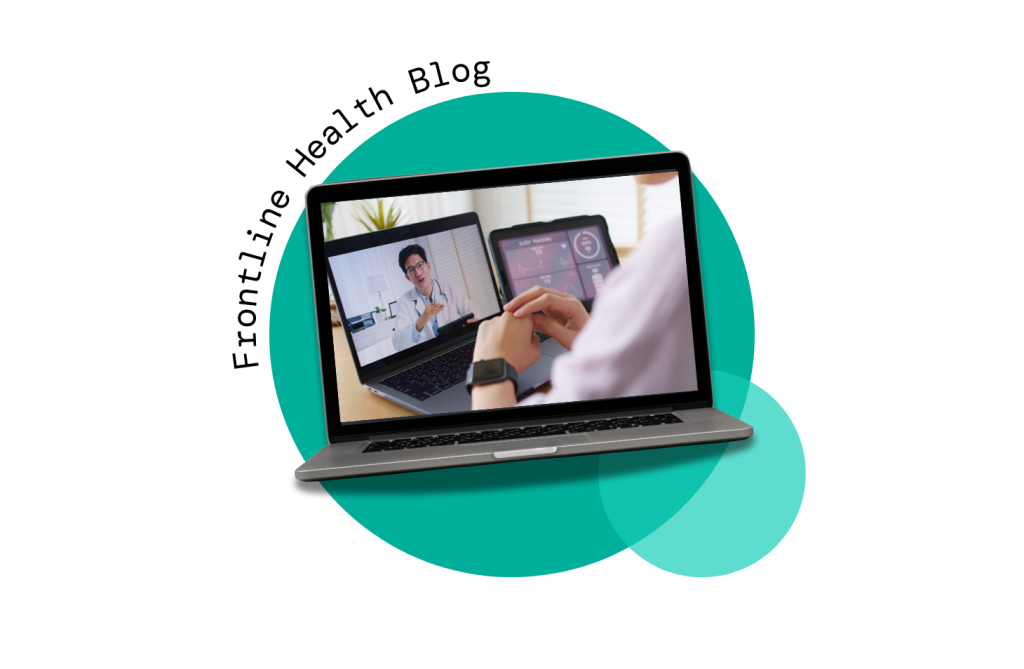Flexible Work in Healthcare: What Does It Look Like?
In the healthcare sector, the conversation around flexible work is no longer just about admin staff or corporate teams, it’s becoming a serious consideration for clinical roles too. From hospitals to private practices, employers are exploring ways to adapt schedules, locations, and delivery models to attract and retain skilled professionals in a competitive market.
So, what does flexible work actually look like in healthcare? Let’s break it down.
Hybrid Roles: The Best of Both Worlds
For healthcare roles with both clinical and administrative components, hybrid arrangements are gaining traction.
- How it works: Clinicians may split their week between in-person patient care and remote tasks like case reviews, patient follow-ups, or training.
- The benefit: This reduces commuting time, supports better work-life balance, and allows professionals to work in an environment that best suits the task at hand.
Adjusted Start and Finish Times: Flexibility in the Day-to-Day
Healthcare is often a 24/7 operation, but not every role needs to stick to rigid shifts.
- How it works: Offering earlier or later start and finish times helps staff work around school drop-offs, personal appointments, or peak-hour traffic.
- The benefit: Employees feel trusted and supported, while employers often see higher morale and better retention.
Four-Day Work Weeks: Same Care, Smarter Scheduling
Some healthcare organisations are trialing compressed schedules to give staff an extra day off each week.
- How it works: Staff work slightly longer shifts over four days, rather than five.
- The benefit: Reduced burnout, more personal time, and in many cases, improved productivity and engagement.
Telehealth Service Options: Care Without the Commute
Telehealth isn’t just a COVID-era solution, it’s a long-term tool for flexibility.
- How it works: Certain consultations, follow-ups, and specialist services are delivered remotely via secure platforms.
- The benefit: Patients gain easier access to care, and healthcare professionals can manage caseloads from a clinic, shared space, or home office.
Why Flexible Work Matters in Healthcare
Flexible work options aren’t a one-size-fits-all solution, and in healthcare, they must be balanced with patient needs and clinical safety. But when implemented well, they:
- Reduce staff burnout
- Support better retention and recruitment
- Improve patient access and satisfaction
- Foster a positive, adaptable workplace culture
The Bottom Line for Employers
In a sector where competition for skilled staff is fierce, flexibility is no longer a perk, it’s a recruitment and retention strategy. Organisations that embrace innovative scheduling, hybrid models, and telehealth will position themselves as employers of choice in the evolving healthcare landscape.

